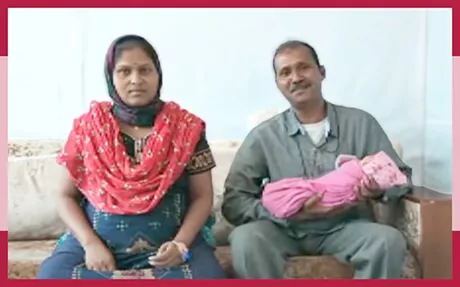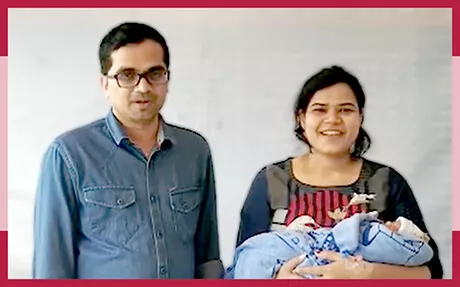How Adenomyosis can be diagnosed?
When Adenomyosis symptoms occur, the evaluation is strictly needed for adequate treatment. Diagnosing includes:
- Pelvic exam revealing a large, soft or tender uterus.
- Endometrial biopsy
- Pelvic ultrasound
- Hysteroscopy
- MRI of pelvis
If you suspected the symptoms of adenomyosis, call your doctor to schedule an appointment for the best guidance on the required treatment.
How Adenomyosis can be treated?
Anti-inflammatory medications
An example is Ibuprofen. These medications can help to reduce blood flow during your period while also relieving severe cramps. Doctors generally recommend starting anti-inflammatory medication two to three days before the start of your period and continuing to take it during your period. You should not use these medications if you’re pregnant.
Hormonal treatments
These include oral contraceptives or birth control pills, injections, intrauterine device, and GnRH-analogs such as Lupron (leuprolide). Hormonal treatments can help to control increased estrogen levels that may be contributing to your symptoms.
Endometrial ablation
This involves techniques to remove or destroy the endometrium i.e the lining of the uterine cavity. It’s an outpatient procedure with not so much recovery time. However, this procedure may not work for everyone, since adenomyosis often invades the muscle more deeply.
MRI-guided focused ultrasound surgery (MRgFUS)
MRgFUS is a procedure in which high-intensity waves are used to create heat and precisely focused the targeted tissues and destroy them. The heat is monitored using MRI images in real time. Studies have shown that this procedure is successful in providing relief of symptoms. However, still more studies are needed.
Hysterectomy
This is the only way to completely cure this condition is to have a hysterectomy. This is a surgical procedure that involves complete removal of the uterus. It’s considered a major surgical intervention and is only used in severe cases and in women who don’t plan to have any more children. But it also needs to notice here that after this surgery a woman can’t get pregnant.
Adenomyosis and Infertility
The relationship between Adenomyosis and infertility is still not much disclosed, more studies needed. But women with this generally also have another problem named Endometriosis and that is one of the major causes of infertility. Women also face some pregnancy-related issues such as miscarriages, premature delivery, and stillbirths.
Adenomyosis generally found in women above 40 but it can happen to anyone and the extended maternity age make pregnancy more difficult with it. If you are planning to get pregnant with it IVF is a good option to conceive.
Tools to help you plan better
Get quick understanding of your fertility cycle and accordingly make a schedule to track it
Get a free consultation!


















